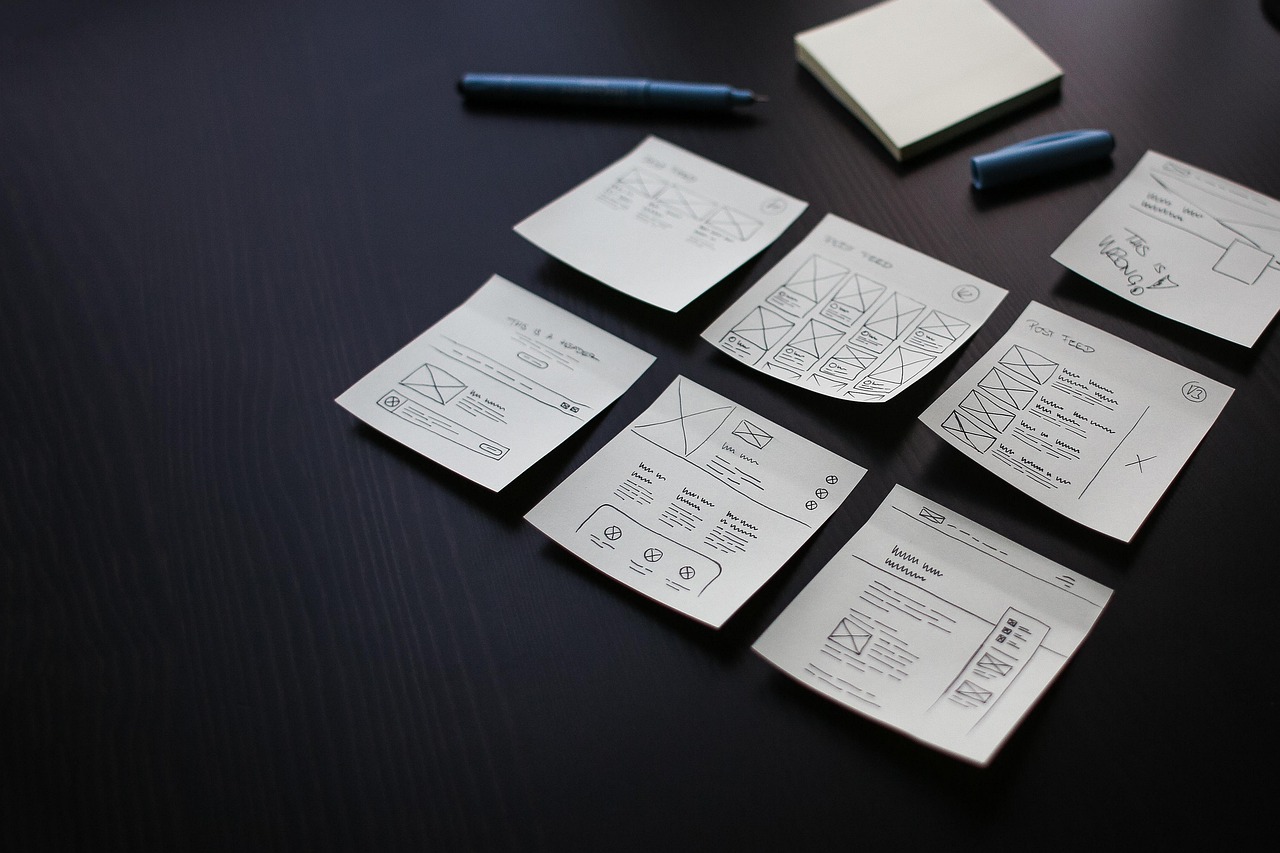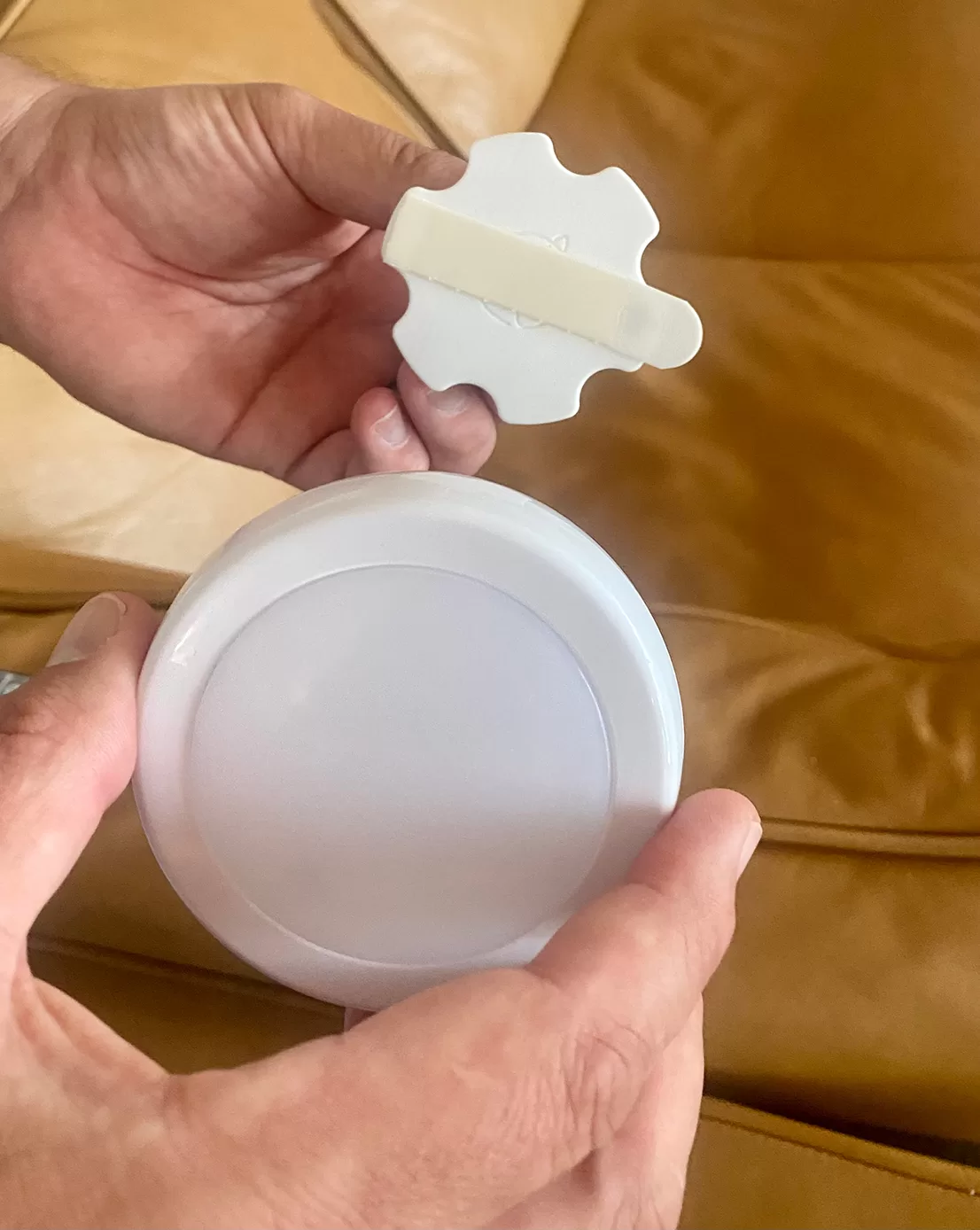Monthly Archives
You are currently viewing all posts published on October 2025

LA NPDT Named Top Product Development Firm by Shopify
LA NPDT Featured by Shopify Among the Top Product Development Companies of 2025 We are proud to share that LA New Product Development Team has ...
AI Product Development Consulting Tool
Meet the New Face of Product Development Consulting, Powered by AI At LA New Product Development Team (LA NPDT) we’ve always believed that great products ...

Design-for-Fail-Fast Techniques: Structured Failure Testing to Accelerate Development
“Fail fast, fail often” has long functioned as Silicon Valley’s informal creed, capturing an innovation-centric mentality that prioritizes speed, experimentation, and the pursuit of breakthrough ideas. The approach treats risk-taking and frequent experimentation as essential to staying ahead, reframing failure as an inherent step in discovery rather than as final defeat. Historical exemplars often cited by proponents include Thomas Edison, Henry Ford, and Steve Jobs, whose major successes followed repeated setbacks. This cultural tolerance for failure enables rapid testing, quick recovery, and continuous iteration – the operational heart of modern innovation.

Reshoring Strategies: Bringing Manufacturing Closer to Home
In the twenty-first century, a constellation of macroeconomic and microeconomic forces is reconfiguring the architecture of international and global supply chains. The external commercial environment has become markedly more exacting, shaped both by long-term megatrends that propel societal development and by episodic shocks and abrupt perturbations. Prominent among these influences are economic recessions, migratory surges, geopolitical volatility, and a range of risks that imperil sustainable expansion. Simultaneously, firms grapple with endogenous constraints: relentless imperatives to reduce costs, increasingly discerning and price-sensitive customers, and the perpetual quest for innovation, operational excellence, and organizational agility.

Multi-Material 3D Printing: Crafting Functionally Graded Prototypes
Multi-Material 3D Printing represents a group of freeform fabrication methods that have become powerful tools for creating materials with precisely designed structures. By forming parts point-by-point, line-by-line, or layer-by-layer, these techniques allow fine control over shape, size, and direction. Furthermore, they make it possible to build bulk materials with different forms, including porous, cellular, and lattice frameworks. As a result, the structural variation introduced through multiscale Multi-Material 3D Printing often leads to uneven or directional properties. While major progress has been made in multiscale fabrication, gaining full control across scales — from nano to macro — remains a major challenge.

Ethical Circular Design: Reconciling Innovation with Accountability
Over the past decade, the Circular Economy (CE) has drawn growing interest across corporate, governmental, and academic domains as a framework describing diverse strategies and practices aimed at reducing reliance on traditional ‘linear’ models of production and consumption. The CE is a multifaceted concept, with definitions differing in terms of guiding principles, goals, and normative viewpoints. It can therefore be understood as an umbrella notion, whose interpretive flexibility allows adoption by a wide range of stakeholders, often with conflicting political or ideological agendas. Based on numerous reviews, CE can be described as “an economic paradigm that substitutes the ‘end-of-life’ notion with reducing, reusing, recycling, and recovering materials throughout production, distribution, and consumption processes.” Still, broader interpretations of CE highlight its limitations, particularly the insufficient attention to the social systems into which it must be integrated.


